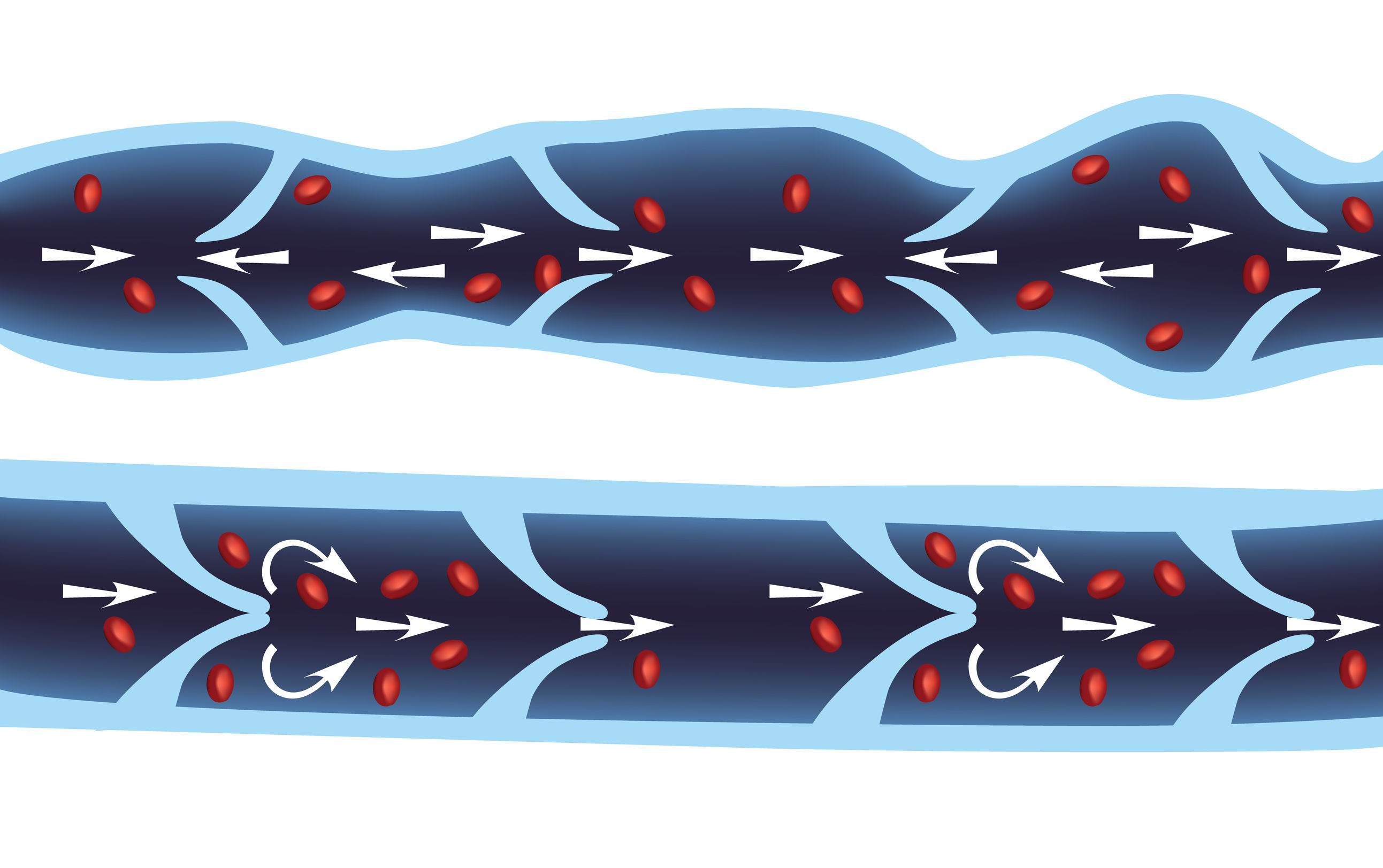
By Ana Cecilia Lorenzo, MD, FACS, RVT
If you are embarrassed by unsightly, painful spider or varicose veins, you are not alone. Up to 40% of women and 25% of men suffer from varicose veins or some form of vein disease. Here’s a true or false quiz. See how you do.
1. The pain caused by vein dysfunction can be severe and interferes with daily activity.
This one is true. Symptoms can range from aching and throbbing to burning and itching. The range of symptoms can lead to misdiagnosis especially in patients with coexisting nerve and autoimmune disorders. A vascular surgeon can determine the extent of disease and options for treatment.
2. Turbulence in dilated varicose veins can lead to clot formation that may progress to involve the deep veins.
This one is also true. The more dilated the vein, the more disorderly the flow within it. Turbulent flow can lead to clot formation. While most clot is superficial and benign, some clot may propagate, leading to deep vein involvement and even clots in the lungs.
3. All patients with significant venous disease have varicose veins.
Not true. The dysfunction of venous disease can lead to severe swelling without varicose surface veins. Backflow or reflux can cause skin discoloration or inflammatory change with skin ulceration. Some patients have chronic, non-healing leg wounds as a consequence of longstanding vein dysfunction.
4. Treatment for varicose veins and vein reflux are solely cosmetic in nature.
Another false. Vascular surgeons appreciate venous disease for the medical condition that it is. While policies may vary among companies, insurance coverage is provided for many different venous conditions. The staff of Vein Care Solutions work with numerous insurance carriers to provide appropriate treatment for symptomatic venous disease.
5. Most venous disease can be definitively treated without surgical incisions.
True. Minimally invasive techniques are preferred since there is less tissue disturbance and risk for wound healing complications. While the options for vein therapy are multiple, most procedures are performed in the surgeon’s office. All therapy for venous reflux is performed on an outpatient basis.
Fortunately, assessment of the symptomatic patient is non-invasive. Dr Lorenzo can review the pertinent aspects of your medical history and perform a physical exam that is complemented by an ultrasound study of the affected leg. And, with summer just around the corner, it’s a good time to initiate a treatment program for unsightly veins. Have the quality of life you deserve without the embarrassment of varicose or spider veins. Love your legs…again.

